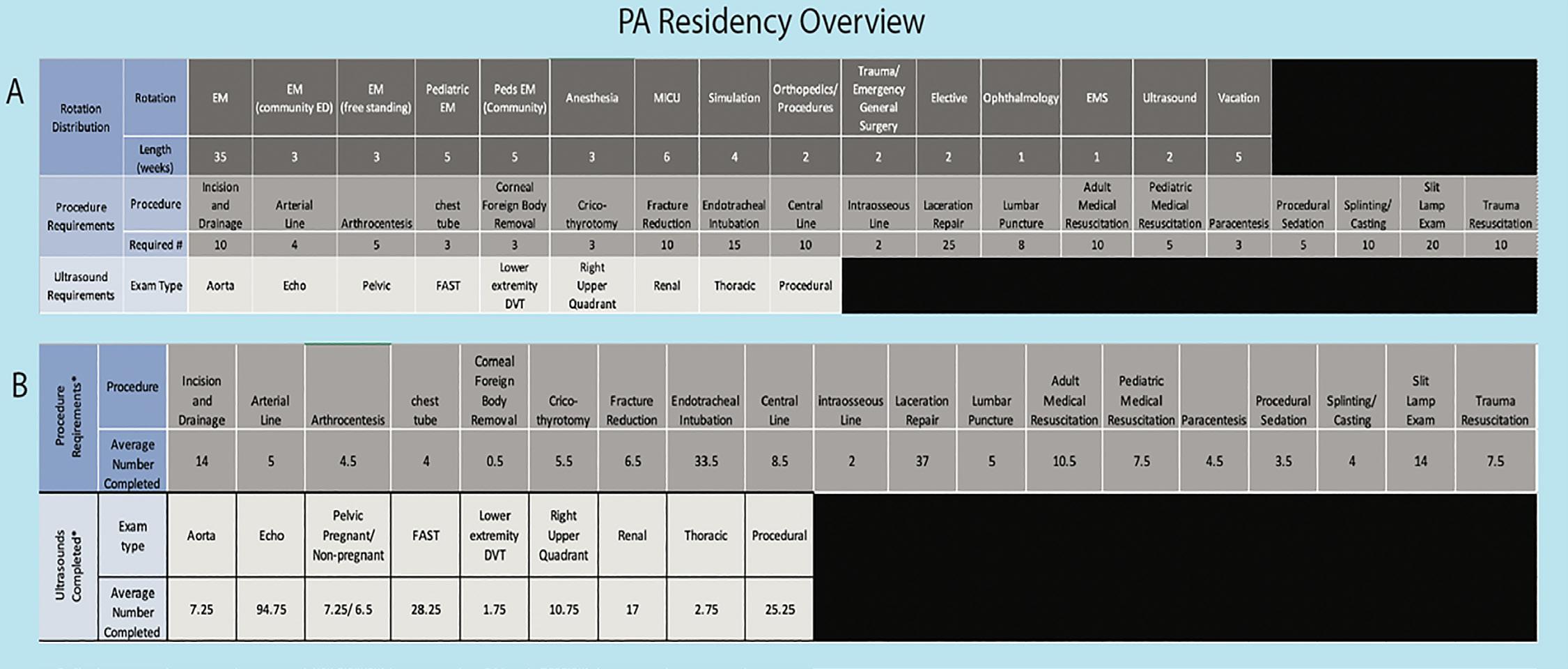Original Research
Emergency Medicine Residents’ “Just World” Bias Is Not Associated with a Biased Case Mix Jessica Edgecomb, MD* Roxana Alexandridis, BS† Benjamin H. Schnapp, MD, MEd*
*University of Wisconsin School of Medicine and Public Health, BerbeeWalsh Department of Emergency Medicine, Madison, Wisconsin † University of Wisconsin – Madison, Department of Biostatistics, Madison, Wisconsin
Section Editor: Jeffrey Love, MD and Abra Fant, MD Submission history: Submitted June 14, 2021; Revision received November 9, 2021; Accepted November 15, 2021 Electronically published January 3, 2022 Full text available through open access at http://escholarship.org/uc/uciem_westjem DOI: 10.5811/westjem.2021.11.53658
Introduction: Belief in a just world is the cognitive bias that “one gets what they deserve.” Stronger belief in a just world for others (BJW-O) has been associated with discrimination against individuals with low socioeconomic status (SES) or poor health status, as they may be perceived to have “deserved” their situation. Emergency medicine (EM) residents have been shown to “cherry pick” patients; in this study we sought to determine whether BJW-O is associated with a biased case mix seen in residency. Methods: We assessed EM residents on their BJW-O using a scale with previous validity evidence and behavioral correlates. We identified chief complaints that residents may associate with low SES or poor health status, including psychiatric disease, substance use disorder (SUD); and patients with multidisciplinary care plans due to frequent ED visits. We then calculated the percentage of each of these patient types seen by each resident as well as correlations and a multiple linear regression. Results: 38 of 48 (79%) residents completed the BJW-O, representing 98,825 total patient encounters. The median BJW-O score was 3.25 (interquartile range 2.81–3.75). There were no significant correlations observed between BJW-O and the percentage of patients with multidisciplinary care plans who were seen, or patients with psychiatric, SUD, dental or sickle cell chief complaints seen; and a multiple linear regression showed no significant association. Conclusion: Higher BJW-O scores in EM residents are not significantly associated with a biased case mix of patients seen in residency. [West J Emerg Med. 2022;23(1)95–99.]
INTRODUCTION The emergency department (ED) is often viewed as the gateway to medical care for patients with limited access to resources. Regardless of their ability to pay, anyone who comes through the door is guaranteed a medical screening examination and lifesaving care. However, frequent visits to the ED by patients with less emergent complaints can be perceived as “illegitimate” by clinicians working in already overburdened EDs, leading to stress among healthcare workers and potentially lower quality care for patients.1 Physician cognitive biases have previously been demonstrated with regard to which patients are most “deserving” of care,2 who will be the most “difficult” to treat effectively,3 or a sense Volume 23, no. 1: January 2022
of futility in providing additional care.4 The belief in a just world (BJW) is a well-studied cognitive bias that “one gets the things that they deserve in life.” When viewed through the lens of one’s own life, this viewpoint can be a protective coping mechanism and is associated with higher rates of satisfaction and fulfillment, and less burnout.5 However, when applied to others, it has been associated with discrimination against individuals with low socioeconomic status (SES) or poor health.6 There is very limited data on BJW in healthcare. One small study suggested that higher BJW in physicians and nurses was associated with less empathetic feelings toward perinatal mothers.7 Another study on undergraduate students showed that students with 95
Western Journal of Emergency Medicine













